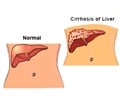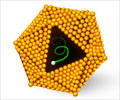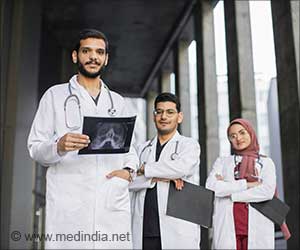Researchers at Ohio State University are developing technology that would give much hope to patients suffering from acute liver failure
Researchers at Ohio State University are developing technology that would give much hope to patients suffering from acute liver failure. They are developing a technology that will keep liver cells alive and functioning normally inside bioartificial liver-assist devices (BLADs) until their own liver cells regenerate or the patient gets a liver transplant. In this device the liver function is kept intact with the help of patient’s blood or plasma circulating through it and the living cell in it. The living cell is usually human liver cells or that of a pig.
For those liver cells to keep working, they need oxygen. Andre Palmer, an associate professor of chemical and biomolecular engineering at Ohio State, and his team are developing innovative ways to chemically modify and package hemoglobin -- the blood molecule in red blood cells that transports oxygen -- to deliver oxygen to liver cells in just the right way.Palmer presented the project's preliminary results on August 23, 2007, at the American Chemical Society meeting in Boston.
In the body, liver cells are naturally exposed to a range of oxygen concentrations, called an oxygen gradient. But reproducing that natural gradient inside a BLAD is difficult.
"If you don't recreate that oxygen gradient and the total amount of oxygen normally delivered, the liver cells in the BLAD won't function as well as they do in the body," Palmer said.
His solution has been to create different kinds of hemoglobin. One he seals inside microscopic polymer capsules; oxygen bound to the hemoglobin diffuses through the polymer over time to reach liver cells. Another is a type of hemoglobin-based oxygen carrier, which consists of long chains of hemoglobin molecules wound into balls that can then transport oxygen to liver cells.
The use of this technology with patients would require clinical trials, which Palmer admits are years away. For now, he is working to prove that he can adjust the oxygen gradient and the amount of oxygen his hemoglobins can transport to liver cells housed in a BLAD.
He began developing this technology while at the University of Notre Dame, and since 2006 has been continuing the work at Ohio State. Though computer simulations had shown Palmer and his team that they could reproduce a natural oxygen gradient in principle, they have now conducted experiments on actual liver cells in the laboratory, and shown that they can do it in reality.
Source-Eurekalert
BIN/B











